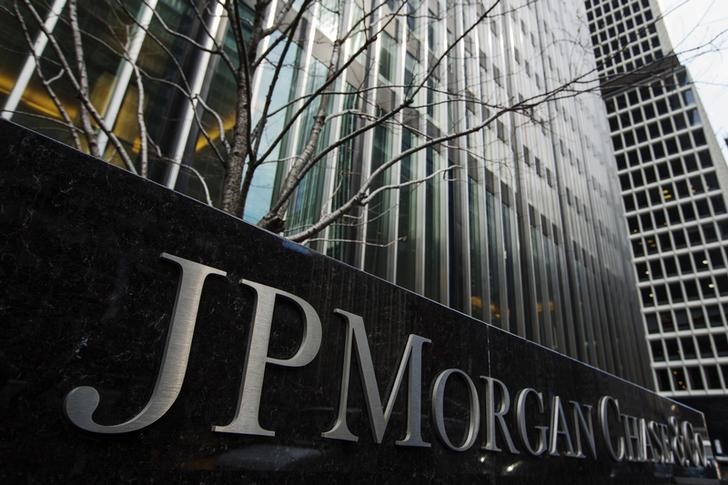Strategists at JPMorgan Chase & Co., believe there are some similarities in investor sentiment today to the period leading up to the global financial crisis (GFC) of 2007-2008.
In their regular column to JPMorgan’s clients, the analysts once again reiterated warnings about challenging macroeconomic fundamentals and headwinds for risk assets.
While they acknowledge that the current situation is not identical to that time, the analysts highlight certain common themes that warrant caution.
JPMorgan points out that investors are displaying optimism due to expectations of the Federal Reserve ending its interest-rate hikes, consumer resilience, a robust labor market, and the possibility of an economic soft landing. These were also topics of discussion in the run-up to the 2007 financial crisis.
The analysts further note concerns about the combination of a higher U.S. dollar, rising Brent crude oil prices, and increasing bond yields, which they deem problematic and unsustainable.
JPMorgan strategists also suggested that the recent bond market turmoil could indicate challenges ahead for the "higher for longer" stance on interest rates, potentially causing pain for investors.
“Our cautious outlook will likely remain in place as long as interest rates remain deeply restrictive, valuations expensive, and the overhang of geopolitical risks persists. Since the start of the year, the headwinds for markets are stronger and tailwinds weaker, in our view. Lags in the impact of high rates are longer this time, but we believe most of the negative effects are still to come,” they wrote in a note to clients.
Additionally, geopolitical factors have worsened, valuations are less favorable, and previously favorable conditions for risk assets have deteriorated. JPMorgan mentions that China's reopening, which was once seen as a positive factor, has now become a slight headwind.
Positioning in the market is above average, and the historically low levels of the Cboe Volatility Index (VIX) could change going forward. Moreover, the erosion of consumer cash cushions is also a concern.
“The S&P 500 traded within ~1% of our 4200 year-end price target last week; from here we expect the market to trade in a broader range, and medium term we remain negative,” the strategists further noted.
